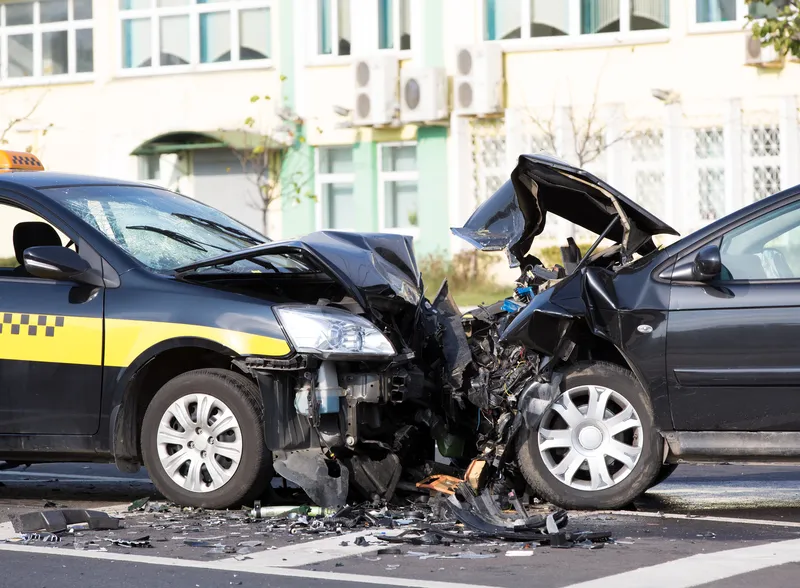
Seeing Machines' Guardian technology is to be integrated into fleet management software by ERoad to help combat driver fatigue and make roads safer.
Seeing Machines – a computer vision technology company – says its Guardian technology utilises face and eye tracking algorithms to detect fatigue and distraction, allowing proactive intervention before a risky driving incident occurs.
According to Seeing Machines' research, in-cab alerts reduce fatigue by upwards of 60%, and 24/7 monitoring centre analysis and intervention decreases the occurrence of fatigue by an additional 30% to achieve a reduction in fatigue related driving events of more than 90%.
Seeing Machines claims the integration of this technology will provide operators with a single tool for managing video telematics where previously there were two separate managing systems.
This makes it easier for fleet managers to prioritise actionable insights from data as well as developing a greater understanding of the risks associated with their fleet and coach drivers, the company adds.
ERoad is a transportation technology company that offers software and products to help improve driver safety, manage vehicle fleets and reduce costs associated with driving.










